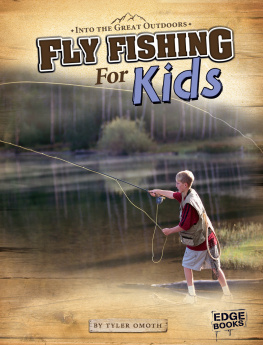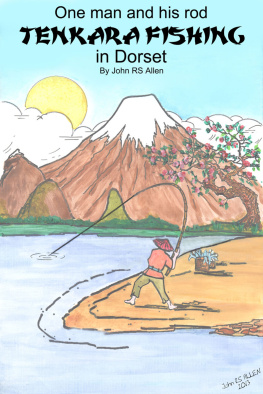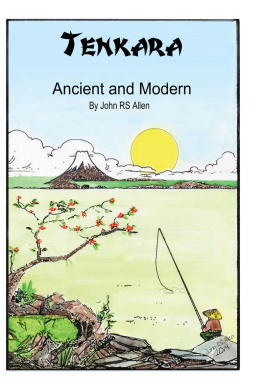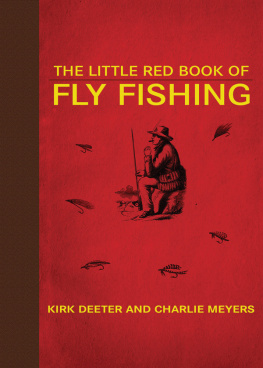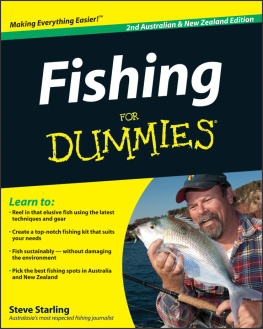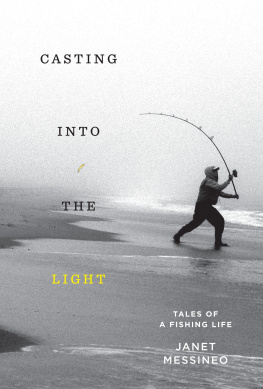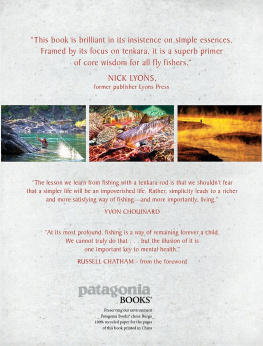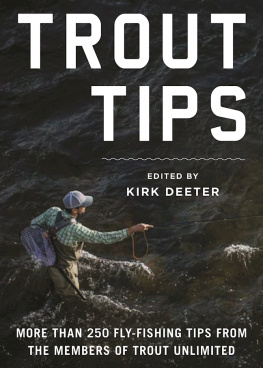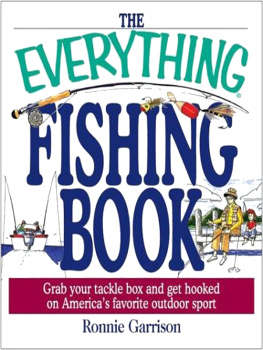tenkara
Copyright 2011 by Kevin C. Kelleher
ALL RIGHTS RESERVED. No part of this book may be reproduced or transmitted in any form by any means, electronic or mechanical, including photocopying and recording, or by any information storage and retrieval system, except as may be expressly permitted in writing from the publisher. Requests for permission should be addressed to Globe Pequot Press, Attn: Rights and Permissions Department, P.O. Box 480, Guilford, CT 06437.
Lyons Press is an imprint of Globe Pequot Press.
Project editor: David Legere
Text design: Sheryl P. Kober
Layout artist: Maggie Peterson
Illustrations by Kevin C. Kelleher unless otherwise noted.
Library of Congress Cataloging-in-Publication data is available on file.
ISBN 978-0-7627-6394-8
Printed in United States of America
10 9 8 7 6 5 4 3 2 1
acknowledgments
Thanks first to my consultant Misako Ishimura, who transformed her love of dance into the graceful rhythms of a fly rod. Your help with translations and the history of tenkara was great, your casting insight innovative, and your laughter contagious.
Thanks to Daniel W. Galhardo, the soft-speaking fisherman turned entrepreneur who introduced tenkara to the western world. Without him, few of us would have discovered the simplicity of tenkara. Your passion for simplicity have lead the way.
And thanks to Chris Stewart for his steady enthusiasm in the promotion of tenkara. His advice has helped me and many others discover the tenkara difference.
And to my wife, who missed my presence when I was lost to writing, but knew it was important to me and that was enough. Youre my number one supporter. I cant say enough, Boose.
Last of course are the publishers and editors, especially Allen Jones, who saw something in this book and helped it along with professionalism, while letting a country doc rattle on about simplicity in a complex time. At the end of the day, helping to mold ideas into something a little more lasting is a very important job.
There has never before been a book about tenkara in English. Given its history is obscure, its instruction untranslated, and its practice new to our streams, there are bound to be errors or omissions. They are my responsibility. I am, after all, just a mediocre angler, a pretty good GP, and an enthusiastic outdoorsman, trying to get out a message. I have tried my best to be accurate but at some point you need to call it done and JUST GO FISHIN.
introduction: why tenkara?
I love being outdoors. I love leaving the noise, distractions, and strains of modern life to cast a fly. I love the grace of the cast, the quiet way a fly lands, the drift of the fly on current and eddy. Even more, I love the cold mountain streams that are best fished with a fly.
But I confess that western-style fly fishing has been a struggle at times, even after more than a decade of study. It seems that too often I end up with a tangle of line, a clanking vest of doodads, and disquieting experiences to match. It takes me twenty minutes to rig up, and then I snag my line on the way to the stream. When my cast goes haywire it is anything but graceful. I forget to watch my backcast and grow frustrated with an unnatural fly presentation, made worse by the splash of an unwieldy and weighted fly line. Western fly fishing is hard to teach too, and many refuse its complications. As I get older, my wading is not as steady, and I cant see a tiny fly much beyond twenty-five feet, especially when the sun gets low. Ive been occasionally faced with my self-imposed dictum... that Ill quit anything that consistently gives me a headache or makes me cuss.
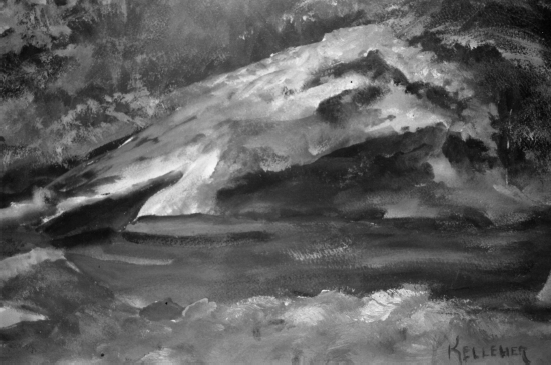
But I keep coming back because of the unquestionably great days, the ones when you arrive at an empty pull-off and have the stream to yourself. Your pace is relaxed and quiet. Your cast is soft and on target. Youre unhurried, relaxed, and yet, at the same time intensely focused, absorbed.
Then there is the excitement as a fish takes this daintiest of offerings, this sleight-of-hand made of fur and feather. Each sparkling fish you release is a bond to wildness. And as the sun climbs high, you can sit on a grassy bank and share a fish story with an old friend. I want more of those days. I need them.
Im a country doctor by trade, and Ive got to tell you, I think we all need more of those days. It seems to me that too many people are agitated and angry lately. They cant sleep, they eat too much, and they look for adventure on TV. People need the respite of the woods and stream, but they dont need the complications of a gear-laden expedition. They need to leave behind the burdens, not carry them. They need quiet and ease.
Thats where tenkara comes in. Without a reel, and with the line hitched directly to the end of a long rod, it has an elemental simplicity, yet it can turn over a cast of such grace that it nearly guarantees a light and effective presentation.
Casting is so simple it is nearly intuitive, and can be learned in minutes. Tenkara is perfect for beginning fly anglers of any age, yet the accomplished fly angler will appreciate its accuracy and versatility, even while being presented with the familiar challenges of fly fishing. With its lightweight and telescoping storage, you can carry your entire kit in one hand. The gear is so stripped down that there is never a reason to leave your rod behind. Since there is little rigging up (there are no guides to thread, and a fly can remain attached), you can literally go from pants pocket to pocket water in less than a minute. The traditional line resists tangles and will last at least a season. You only need one spool of tippet, and most tenkara anglers fish effectively with a handful of flies. With a tenkara rod youll fish one-handed, with your other hand available for steadying yourself, shading your eyes, or warming in a mitten. With its short but delicate reach you can always see your fly and keep your line quietly off the current; you can fish eddies that were nearly unfishable before. Preventing line drag is effortless. Bottom line? With this simple and effective rod you spend more time fishing and less time fumbling with your gear.
Fishing is not all about easy, though; fishing is about the competition, toowho can get the most, the biggest of the day, and ultimately whose stream craft is the best. Its about the need for one more cast as the light fades. It is the desire to get on the stream before the other guy or gal, and still be there when they are throwing their waders in the truck bed. But mostly the competition is with ourselves. Do I have the skills to stalk my prey? Do I have the tenacity and touch to bring him to net? The water tests us and the grading is fair.
Tenkara adds to the test. When your reach is limited, it requires a bit more stealth and planning than western fly fishing. It takes more skill to land a bigger fish on a small tippet and without a reel. It is more like hunting with a bow than a rifle. Yet done well, tenkara outfishes all other styles on small trout water. Period.
And finally, tenkara minimizes distractions. Its quietness and simplicity lets nature whisper to you in a still, soft voice. It reminds us of natures cycles and humbles us into insignificance. It is, as tenkara expert and consultant for this book Misako Ishimura says, a direct connection.
For me, tenkara has quieted the clatter of distractions. Ive gotten rid of the extraneous and kept the essential. I fit the environment. Im more focused and I fish better, both with my tenkara rod and my old Orvis.


